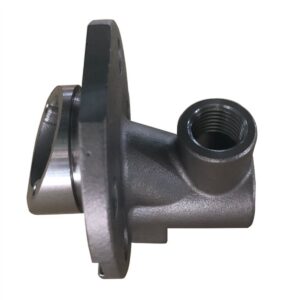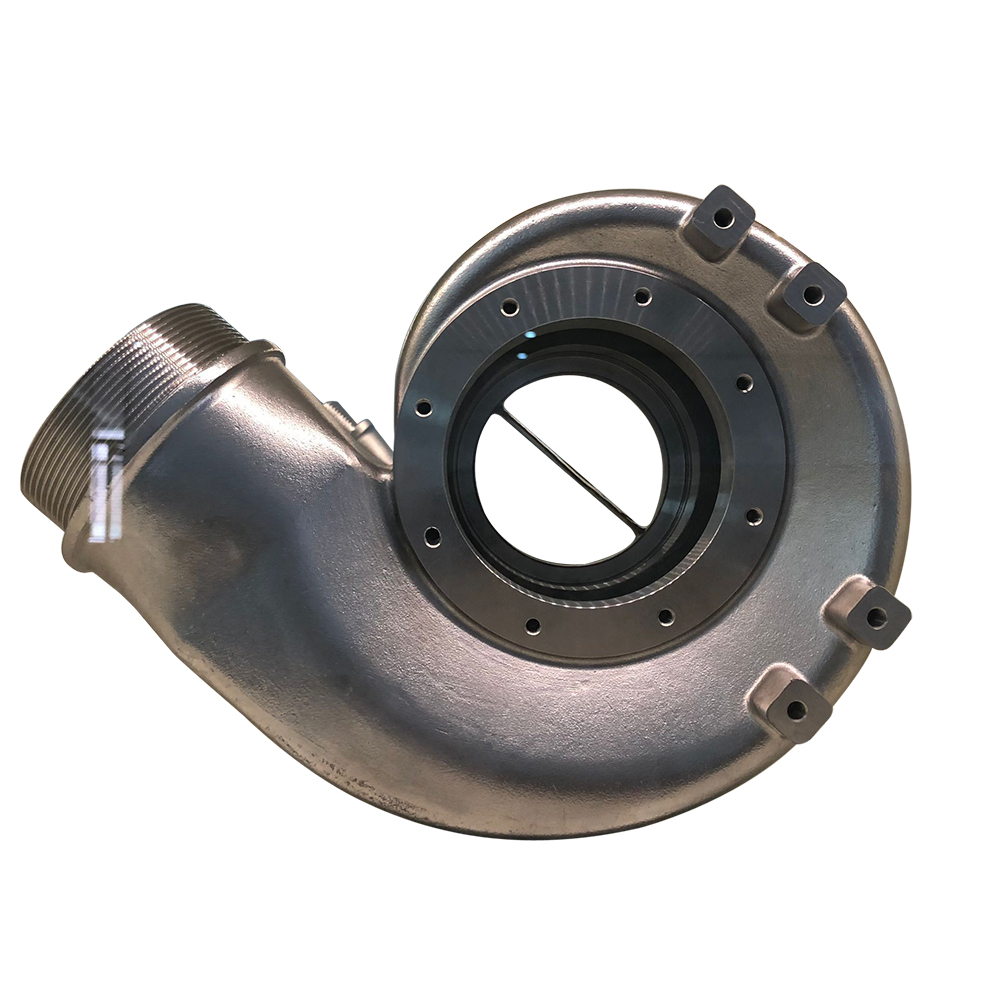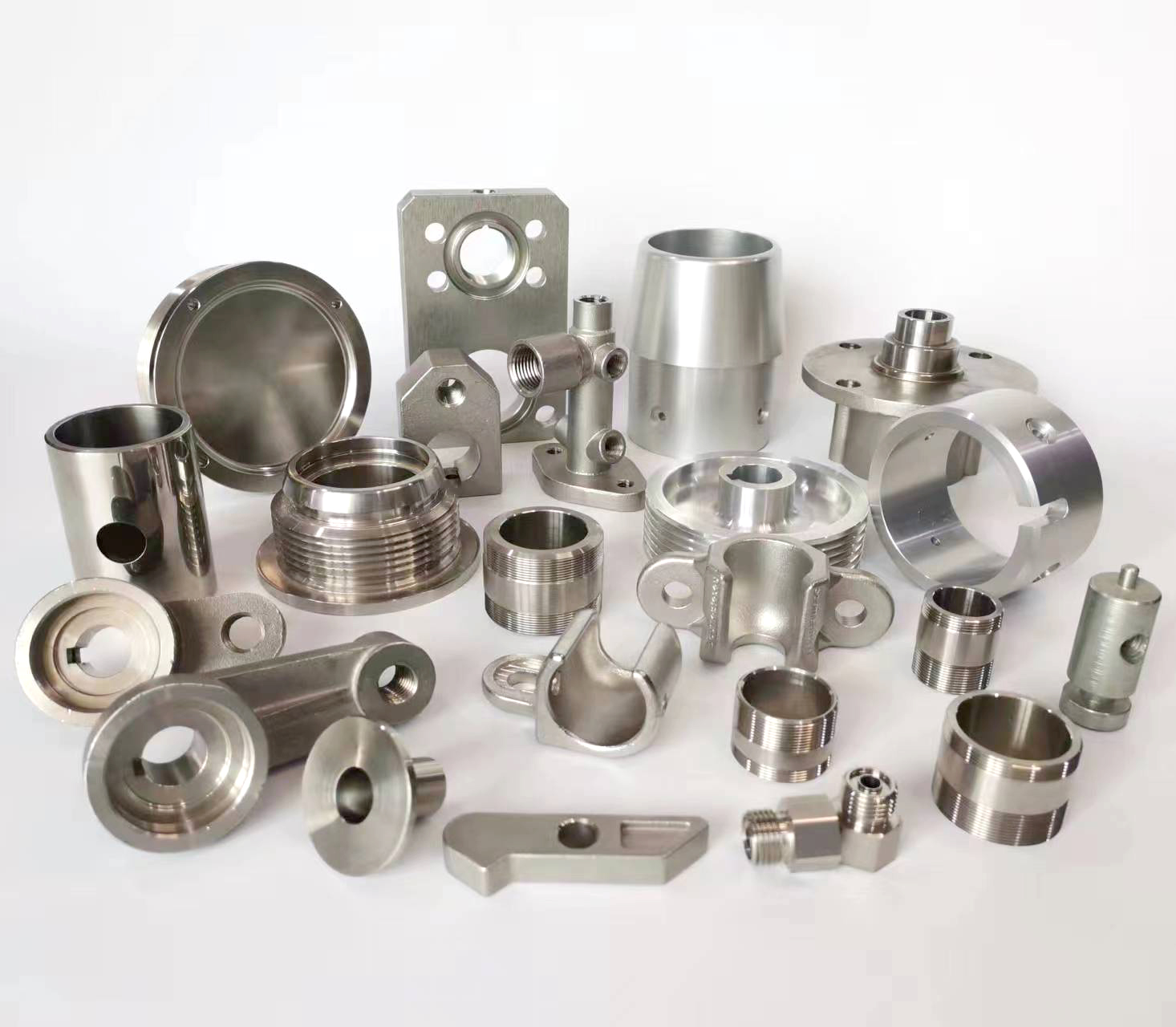
Heat treatment is a controlled process of heating and cooling solid metals and alloys to alter their physical and mechanical properties, without changing the product’s shape. It is a foundational and critical step in manufacturing that enables engineers to “tailor” a metal’s properties to meet the specific demands of an application. The core reasons for performing heat treatment can be summarized as follows:
1. To Increase Strength and Hardness
In many applications, such as gears, shafts, and cutting tools, metals must resist deformation, wear, and penetration. Heat treatment processes like quenching and tempering or case hardening are designed for this purpose.
Mechanism: These processes work by creating a hardened microstructure, most commonly Martensite. This is achieved by heating the steel to a high temperature (where its crystal structure changes to Austenite), then rapidly cooling (quenching) it. This “freezes” the carbon in place, creating a very hard, but brittle, structure called Martensite.
2. To Improve Ductility and Toughness
A metal that is very hard is often also brittle and can shatter under impact. For components like structural beams, automotive chassis, or hammer heads, a combination of strength and the ability to absorb energy (toughness) is required.
Mechanism: Processes like annealing or normalizing soften the metal. They involve heating the metal and then cooling it at a slow, controlled rate. This allows the internal microstructure to equilibrate, reducing dislocations and internal stresses, resulting in a softer, more ductile, and tougher material. Tempering is specifically used after quenching to reduce the brittleness of martensite, thereby increasing its toughness.
3. To Relieve Internal Stresses
Manufacturing processes like casting, welding, machining, and cold working (e.g., bending, rolling) introduce internal or “residual” stresses into the metal. These stresses can cause dimensional instability, distortion, or even premature failure in service.
Mechanism: Stress relief annealing is a low-temperature heat treatment that heats the metal to a point below its transformation temperature and holds it long enough to allow these internal stresses to relax through atomic diffusion and micro-creep, followed by slow cooling. This stabilizes the component’s dimensions.
4. To Improve Machinability
Machining (turning, milling, drilling) a metal that is too hard or too soft can be problematic. Hard metals wear down tools quickly, while soft, gummy metals create long chips that clog machinery.
Mechanism: Annealing or normalizing is often performed before the final machining steps. This creates a uniform, medium-hardness microstructure that produces small, broken chips, resulting in a better surface finish and longer tool life.
5. To Enhance Wear Resistance
For components like bearings, crankshafts, and camshafts, the surface must be extremely resistant to friction and wear.
Mechanism: Surface hardening techniques like case hardening (e.g., carburizing, nitriding) are used. These processes infuse carbon or nitrogen into the surface layer of a low-carbon steel. Subsequent heat treatment hardens this carbon-rich “case” while leaving the soft, tough core intact, creating a component with a hard, wear-resistant surface and a shock-absorbing interior.
6. To Refine the Grain Structure
The size and uniformity of the metal’s crystalline grains directly affect its properties. A coarse, non-uniform grain structure is generally weaker and less ductile.
Mechanism: Processes like normalizing involve heating the metal above its critical temperature and then air-cooling it. This refines the grain structure, making it more uniform and fine-grained, which improves the metal’s overall strength, toughness, and ductility.
Summary
In essence, heat treatment is the key to unlocking the full potential of metals. It is not a one-size-fits-all process but a versatile toolkit. By carefully selecting the temperature, time at temperature, and cooling rate, metallurgists can precisely engineer a metal’s internal structure to achieve a perfect balance of properties—strength, hardness, ductility, toughness, and stability—for virtually any engineering application. Without it, the performance, reliability, and lifespan of countless metal components, from simple springs to jet engine turbines, would be severely compromised.





